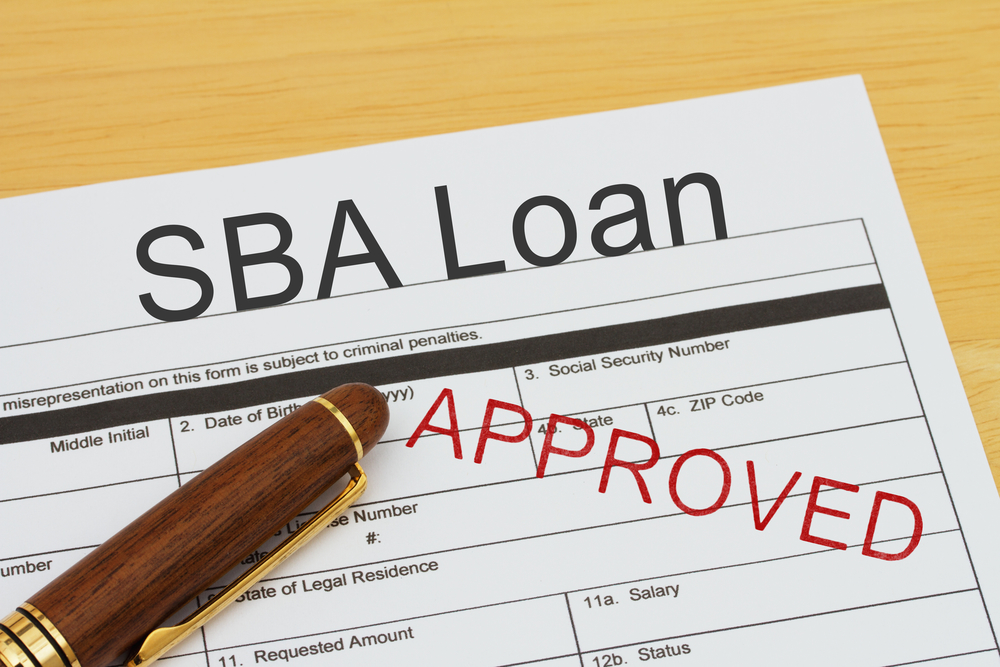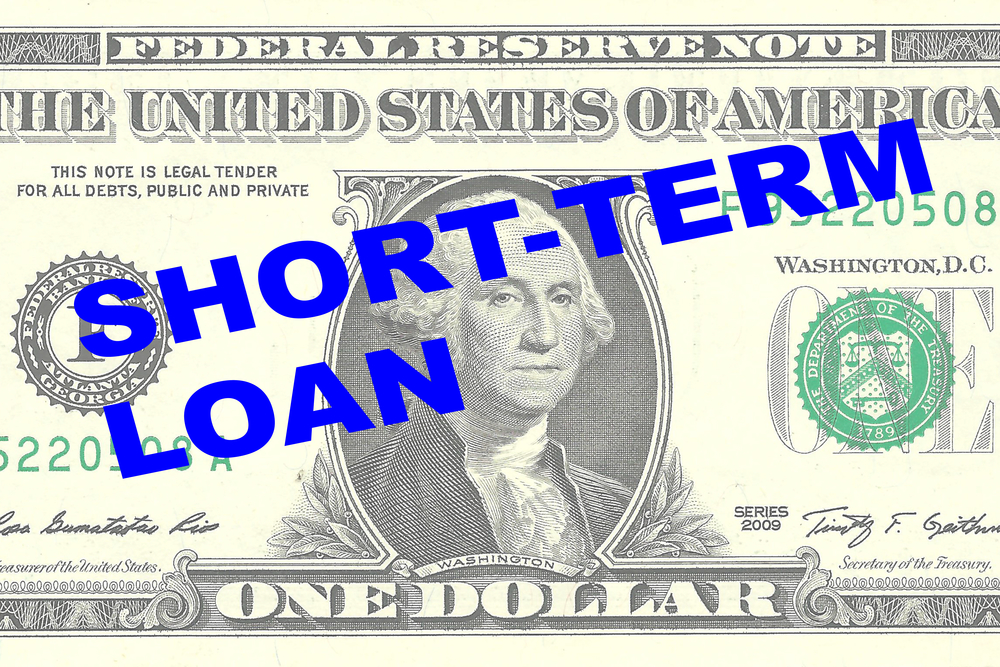There are many different types of loans a person can take out, from many different types of lenders. For example, a college student can take a student loan from the government, from a private lender, or from the bank, whereas a new homeowner can take a mortgage out from a whole handful of different providers. Each type of loan and lender has very different payment terms, interest rates, and requirements for eligibility.
Taking out a loan for your business is no different. There are so many different types of business loans, it can be intimidating to know if you’re choosing the right one. In this series, we will talk about the 5 main loans you can take out for your business. Today we will cover one of the most attractive loans taken out by business owners: Equipment Financing.
What Is Equipment Financing?
Equipment financing is a specific loan business owners can take out in order to finance a new piece of equipment, tool, appliance, inventory, etc., to further grow and/or enhance their business. Most businesses, especially those which are considered to be brick-and-mortar, must make rather large purchases of equipment in order to get started on making sales. This type of loan is provided by the usual bank lenders, as well as by private financial institutions. The terms work as most loans do, with a decided upon interest rate, and a set amount of time to pay it back.
Who is Equipment Financing Best For?
This type of loan is great for new businesses and businesses that are growing or expanding into new areas. No matter the size of the entity, there is always some sort of purchase of physical or technological equipment that needs to be made in order for that business to function. Often times, especially if the business is brand new, business owners do not have the working capital to make these huge purchases, and could greatly benefit from a loan that specifically finances their new equipment. No matter the type of company, Equipment Financing can get business owners the money they need to make the big purchase, so they can start making a profit.
The Benefits of Equipment Financing
The benefit of Equipment Financing is that the payment terms are very standard and predictable. Also, the equipment itself serves as nice collateral, so there is no need to put up your own personal assets as such. Plus, having this type of loan can help new businesses build their credit scores in a relatively standard way.
The Cons of Equipment Financing
The biggest con when it comes to Equipment Financing is that your equipment may become outdated before you get a chance to pay it off, requiring you to purchase updated equipment as you continue to pay for the old pieces. Also, some lenders may require higher interest rates or a good credit score to be eligible, but this is totally dependant on each specific lender.
Does it sound like Equipment Financing is the right type of loan for your business? Find out more with One Box Funding here.









